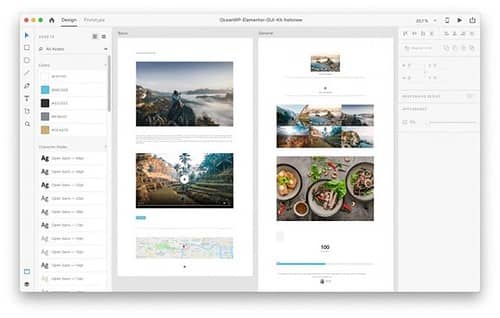What is PHP and How Can I Make a Career Out of It?
PHP stands as a powerful and versatile server-side scripting language. Originally created in 1994, PHP (which stands for Hypertext Preprocessor) is a cornerstone technology for many web applications. It’s frequently used to create dynamic web pages and can easily integrate with databases like MySQL. But how do you turn your interest in PHP into a lucrative career? Let’s break it down step by step.
Step 1: Understand the Basics of PHP
Before diving deep into programming, you need to get a solid grasp of the fundamentals. Start with:
– Syntax and Variables: Learn how PHP syntax differs from other languages. Understanding variables and data types is crucial.
– Control Structures: Familiarize yourself with if statements, loops, and switching between different actions based on conditions.
– Functions: Functions are the building blocks of any programming language. Learn how to create reusable code sections.
– Working with Forms: A key feature of web applications is form handling. Understand how to collect user input through forms and how to process it.
Step 2: Set Up Your Development Environment
To start programming in PHP, you need a proper setup. Here’s how to do it:
– Choose a Code Editor: Options like Visual Studio Code, Sublime Text, or PHPStorm are popular choices among developers. Pick an editor that suits your workflow.
– Install a Local Server: Use software like XAMPP or MAMP to create a local server environment. This is essential for testing your PHP scripts before deploying them online.
– Get Familiar with MySQL: Understanding how to connect PHP with databases is crucial. Learn SQL basics to manage database operations effectively.
Step 3: Dive Deeper into PHP Programming
Once you have the basics down, it’s time to deepen your knowledge:
– Object-Oriented Programming (OOP): Understanding OOP concepts like classes, objects, inheritance, and encapsulation will significantly enhance your programming capabilities.
– Frameworks: Familiarize yourself with PHP frameworks such as Laravel, Symfony, or CodeIgniter. These frameworks simplify the development process and allow for rapid application development.
– APIs: Learn how to work with RESTful APIs. As web applications integrate more services, knowing how to consume and create APIs is a valuable skill.
Step 4: Build Projects
The best way to learn is by doing. Start treating your learning process as a portfolio-building endeavor:
– Create Small Projects: Begin with simple projects like a personal blog or a to-do list application. Build these from scratch to understand the architecture.
– Contribute to Open Source: Get involved in open-source projects. It’s a great way to collaborate with other developers and learn best practices.
– Build a Portfolio: Document your projects on platforms like GitHub. A well-maintained repository can showcase your skills to potential employers.
Step 5: Network and Apply for Jobs
Now that you have the skills and a portfolio, it’s time to enter the job market:
– Join Developer Communities: Participate in forums, attend meetups, and join groups specific to PHP development. Networking is vital for job opportunities.
– Craft Your Resume: Highlight your PHP skills, projects, and any experience you have. Tailor your resume for each job application.
– Apply for Jobs: Look for positions such as PHP Developer, Backend Developer, or Full Stack Developer. Tailor your cover letter to each company emphasizing your passion for PHP and your eagerness to learn.
Conclusion
Building a career in PHP can be highly rewarding, offering a variety of job opportunities in an ever-expanding digital landscape. By following these steps, you can not only cultivate your programming skills but also position yourself as a desirable candidate in the tech industry. Keep learning, stay curious, and who knows? The next big web application could be built by you!














